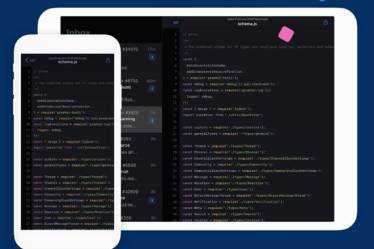Github, the world’s largest open-source platform for software and programs has safely locked the data of huge value and magnitude in a coal mine in Longyearbyen’s Norwegian town in the Arctic region. Github’s strategic software director, Julia Metcalf, has written a blog post on the company’s website notifying the completion of Github’s Archive Program on July 8th. Discussing the objective of the Archive Program, Metcalf wrote “Our mission is to preserve open-source software for future generations by storing your code in an archive built to last a thousand years.”
The project began on February 2, when the firm took a snapshot of all of GitHub’s active public repositories to store them in the vault. Working with Piql, the firm wrote 21TB of repository data to piqlFilm’s 186 reels (digital photosensitive archival film). They initially intended to travel to Norway and personally escort the world’s open-source technology to the Arctic but their plans were derailed by the global pandemic. Then, they had to wait until 8 July for the Arctic Data Vault data to be deposited.
Metcalf also explained the journey of coding in the Arctic vault and said: “Your code’s journey begins in Piql’s facility in Drammen, Norway where the boxes with 186 film reels were shipped to Oslo Airport and then loaded into the belly of the plane which provides passenger service to Svalbard.”
The code was then sent to Longyearbyen where the boxes were taken by a local logistics company and stored overnight in a safe intermediate location. The boxes eventually moved to the declassified coal mine set in the mountain the next day.
They were then contained hundreds of meters of permafrost in a chamber deep inside. This ensures the open-source code of the planet can be maintained for more than 1,000 years.
Github created the Arctic Code Vault Badge to honor the millions of developers worldwide who contributed to the open-source project. This badge is displayed in the highlights section of a developer’s GitHub profile.
